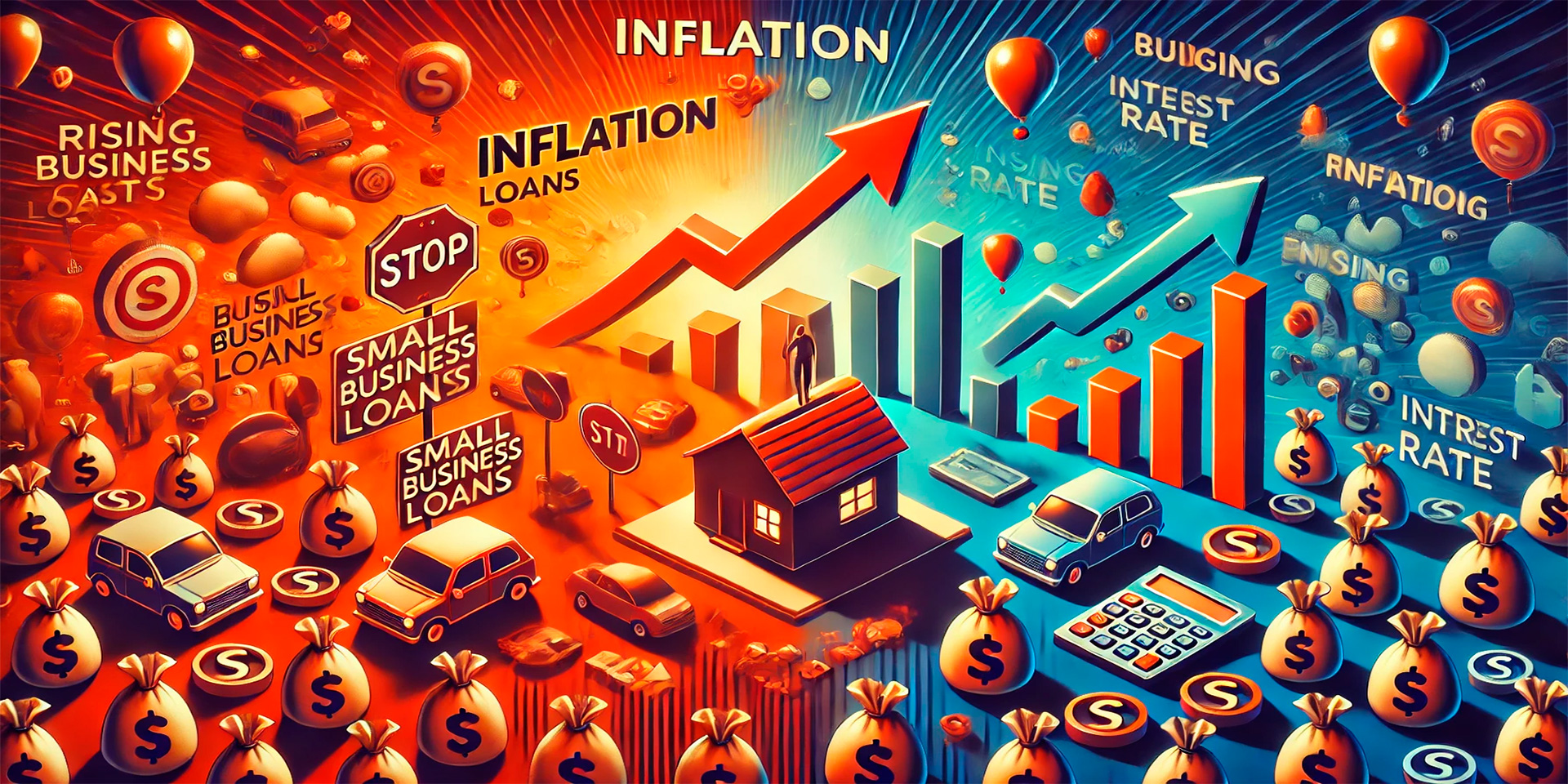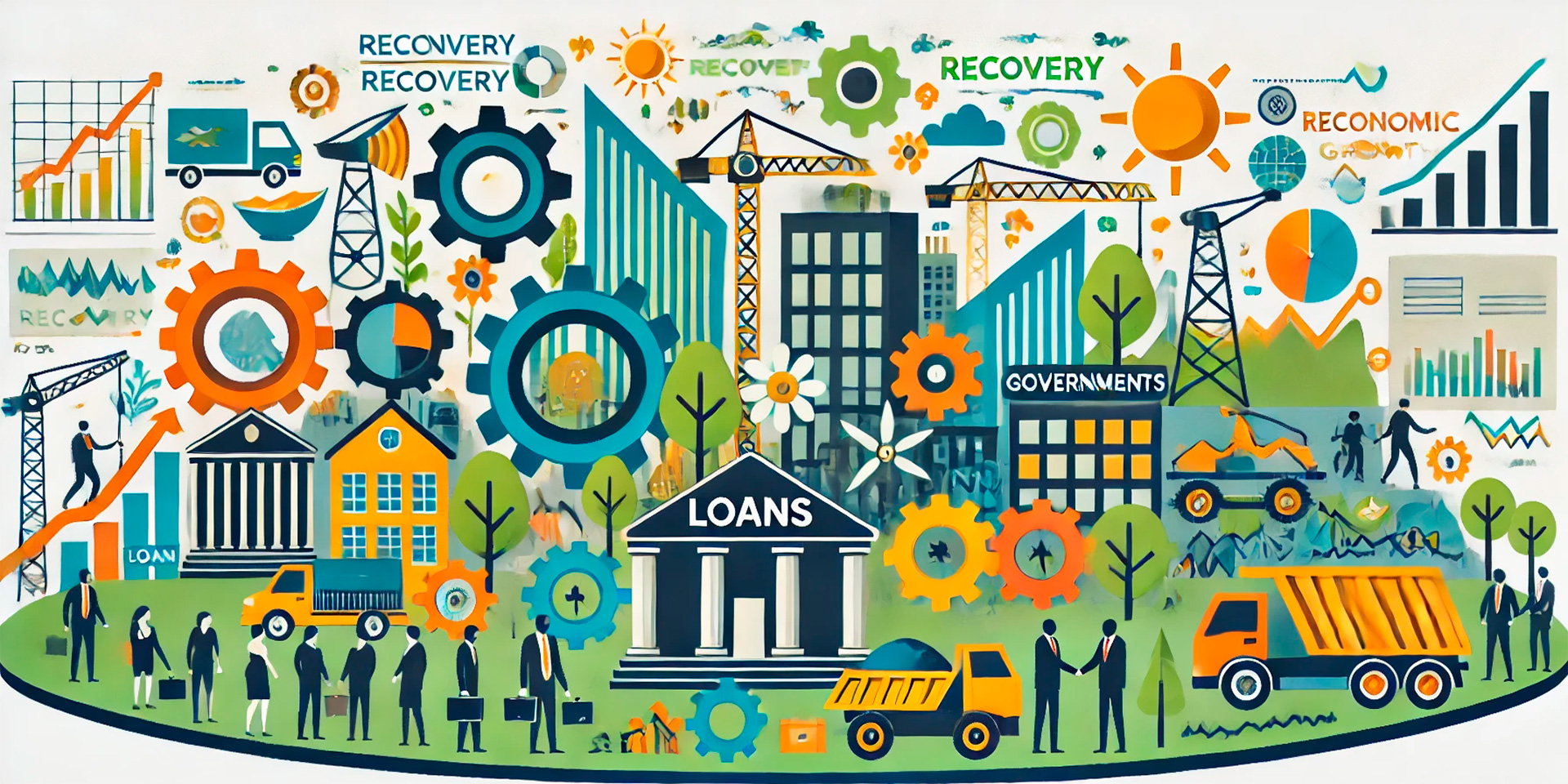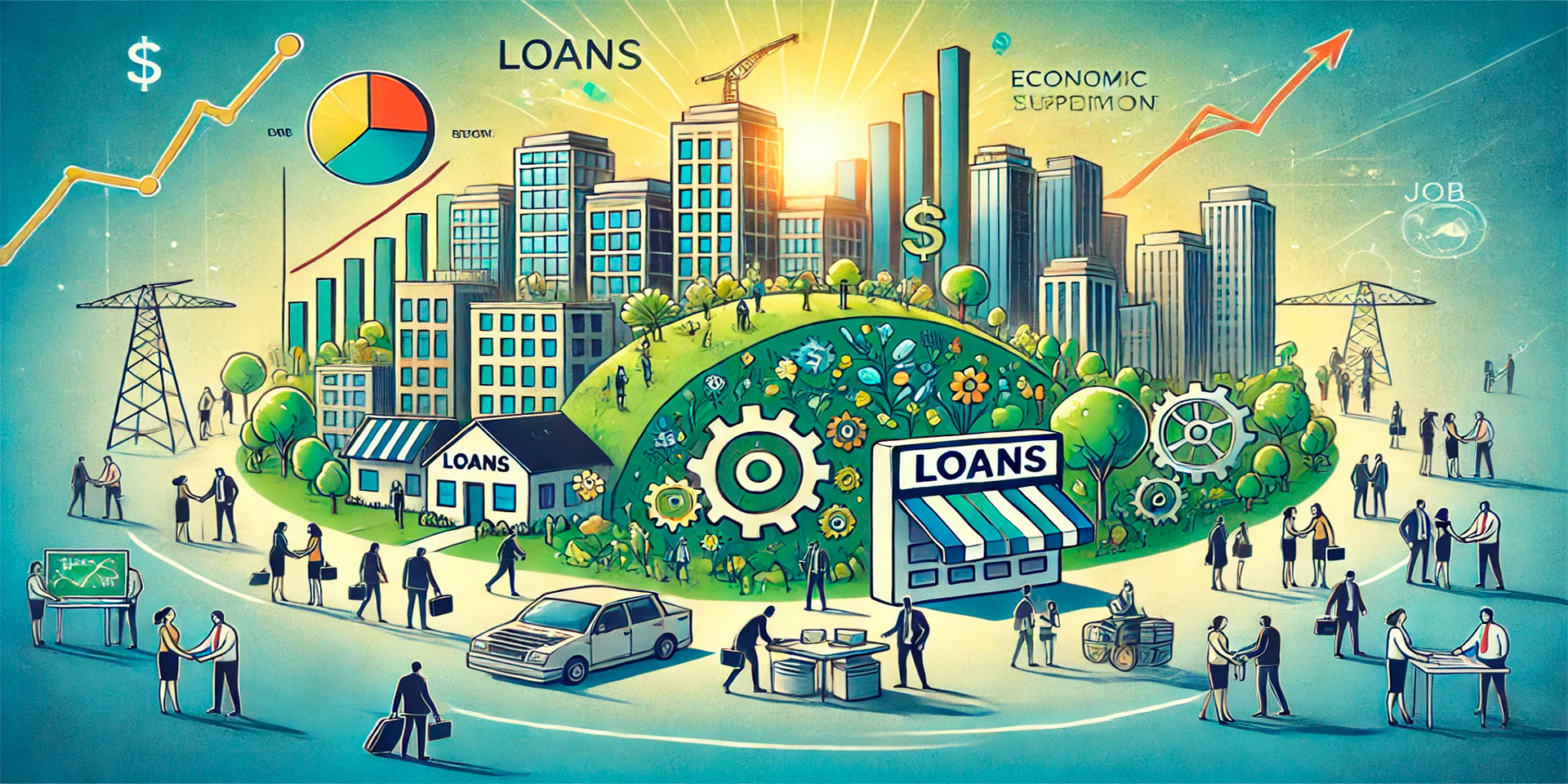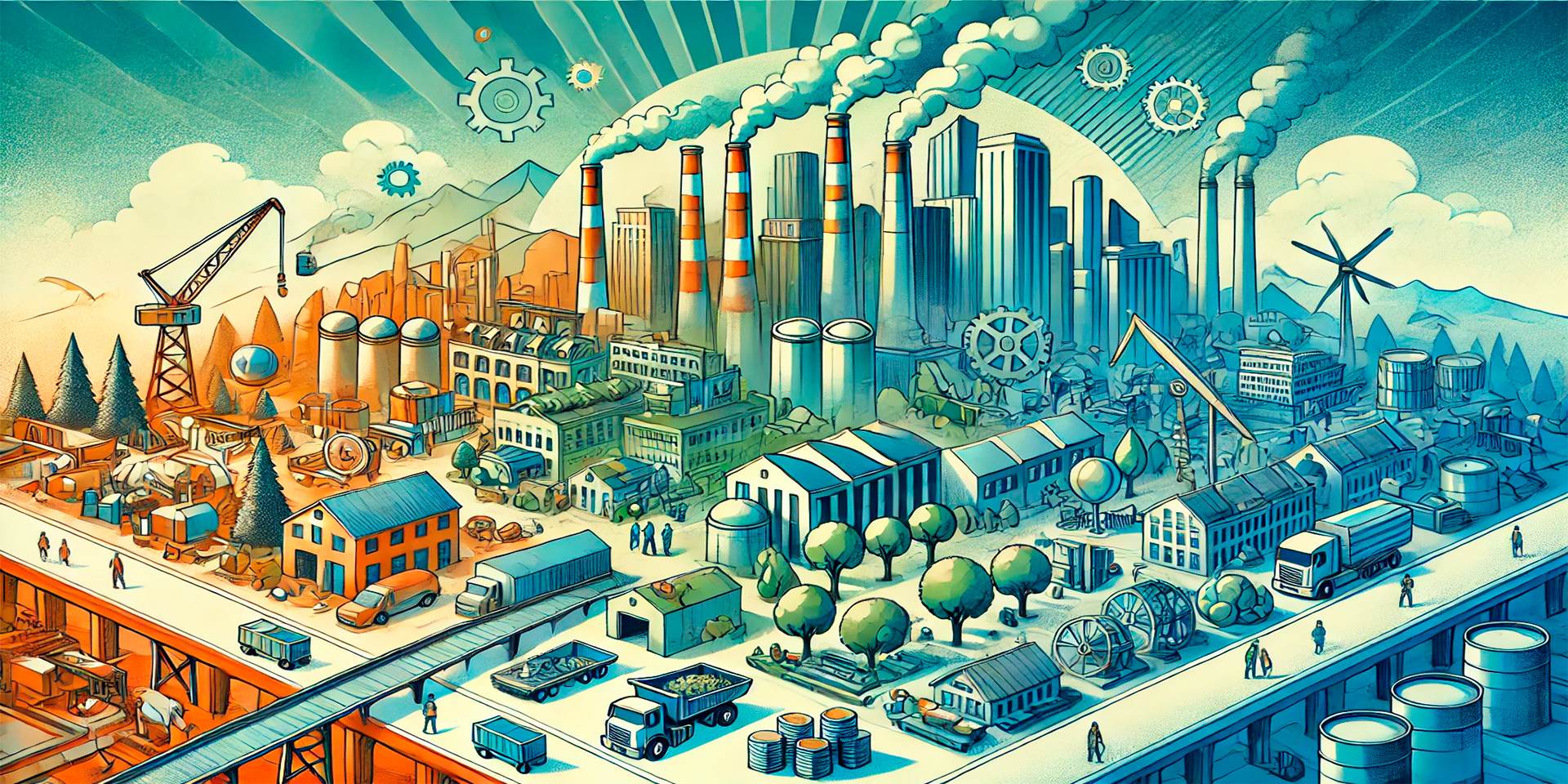
The Role of Government Loans in Rebuilding Economies and Strengthening Industries
Government loans have become a vital component in the global effort to drive economic recovery after the disruptions caused by recent global events, including the COVID-19 pandemic. These loans are designed to provide financial support to struggling businesses, revitalize key industries, and stimulate growth in local economies. By offering targeted financial aid, government-backed loans ensure that industries have the necessary capital to rebuild and adapt to new market demands.
These loans have played a crucial role in jumpstarting recovery efforts by providing businesses with access to affordable financing, enabling governments to invest in public infrastructure, and supporting workforce development programs. The ripple effects of these loans are helping rebuild economies and strengthen industries across the globe.
Targeted Support for Small Businesses
Small and medium-sized enterprises (SMEs) are the lifeblood of many economies, but they were among the hardest hit during economic downturns. Government loan programs have provided essential support for these businesses, helping them weather the challenges of disrupted supply chains, reduced consumer demand, and limited cash flow. These loans have been instrumental in allowing small businesses to reopen, hire back employees, and invest in growth.
Programs like the Paycheck Protection Program (PPP) in the United States were specifically designed to offer forgivable loans to small businesses. The funds enabled businesses to keep employees on the payroll during lockdowns and periods of reduced operations. As economies reopen, many government loan programs have shifted focus from immediate relief to long-term recovery, offering loans that can be used for expansion, digital transformation, and innovation.
Access to these loans helps businesses stabilize, which in turn strengthens local economies. By ensuring that small businesses have the capital to rebuild, governments are fostering job creation and encouraging innovation in industries vital to economic growth.
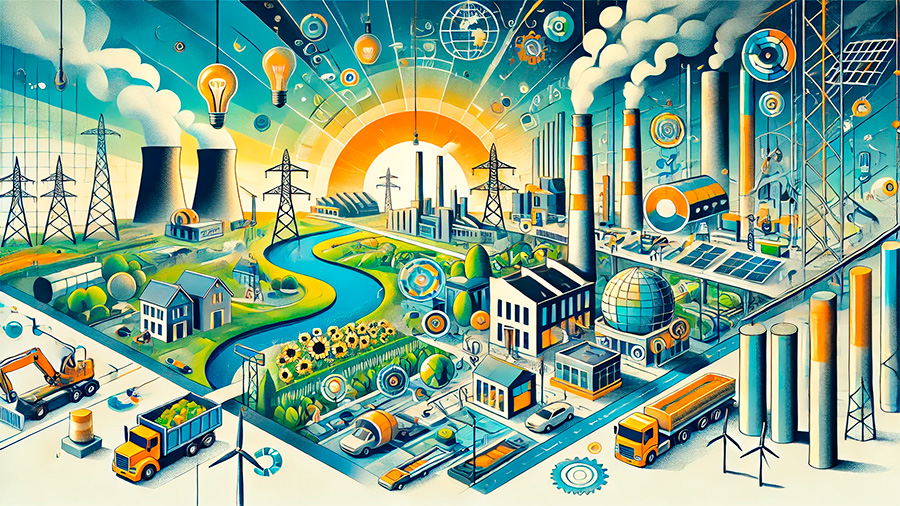
Revitalizing Key Industries
In addition to supporting small businesses, government loans have been critical in revitalizing key industries that are essential to economic recovery. Industries such as tourism, manufacturing, and retail were particularly affected by the pandemic and other global disruptions. Government-backed loans are helping these sectors recover by providing them with the financial flexibility to resume operations, invest in new technologies, and adjust to changing consumer behaviors.
For instance, the global tourism industry, which saw a dramatic decline in revenue due to travel restrictions, is now receiving targeted loan support to rebuild. These loans allow hotels, airlines, and tour operators to finance renovations, hire back staff, and market to new audiences. Similar initiatives have been implemented in the manufacturing and retail sectors, where loans are helping businesses improve supply chain resilience and upgrade production processes.
By focusing on revitalizing key industries, government loans are accelerating the recovery process, restoring jobs, and enabling sectors to compete more effectively in a rapidly changing global market.
Investing in Infrastructure for Long-Term Growth
Government loans are also being used to finance infrastructure projects that are critical to long-term economic recovery and growth. Investments in transportation, energy, healthcare, and digital infrastructure are essential for building a more resilient and competitive economy. By providing loans for these large-scale projects, governments are creating jobs, improving public services, and laying the groundwork for future prosperity.
For example, infrastructure loans are funding the development of renewable energy projects, modernizing transportation systems, and expanding access to broadband internet in rural and underserved areas. These investments not only create immediate employment opportunities but also improve the efficiency and productivity of the broader economy. Access to modern infrastructure makes it easier for businesses to operate, connect with customers, and compete in global markets.
Additionally, healthcare infrastructure loans have become particularly important in the wake of the pandemic. Governments are using these loans to expand healthcare facilities, invest in medical technology, and improve public health systems. Strengthening healthcare infrastructure ensures that economies are better prepared to handle future public health crises, thereby reducing the potential for future economic disruptions.
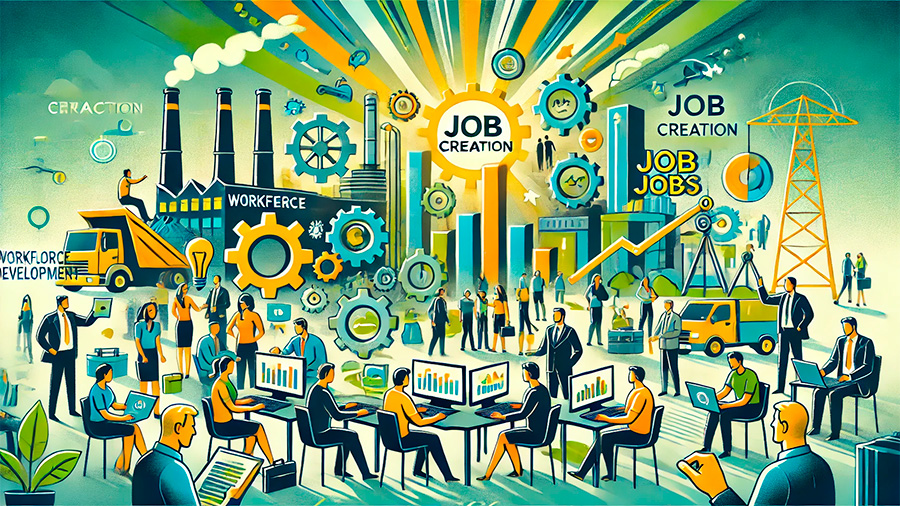
Workforce Development and Job Creation
Government loans are also playing a pivotal role in workforce development and job creation, both of which are essential to economic recovery. Many businesses are using these loans to hire workers, provide job training programs, and upskill employees to meet the demands of evolving industries. This focus on workforce development ensures that workers have the skills needed to succeed in a changing labor market, particularly in industries such as technology, healthcare, and clean energy.
For example, in countries transitioning to green energy, government loans are being used to retrain workers from traditional industries, such as fossil fuels, for roles in renewable energy production. This transition not only creates new jobs but also ensures that workers are equipped to thrive in industries that are vital to future economic growth.
Moreover, by encouraging businesses to invest in workforce development through loan programs, governments are fostering a more dynamic labor market. This enhances productivity and supports sustainable growth as businesses expand their operations and enter new markets.
Stimulating Innovation and Technological Advancement
Innovation is a key driver of economic recovery, and government loans are fueling technological advancements across industries. These loans are helping businesses invest in research and development (R&D), adopt new technologies, and create products that meet the demands of a digital-first economy. By supporting innovation, government-backed loans are enabling businesses to become more efficient, competitive, and adaptive to new challenges.
For instance, businesses in sectors such as healthcare, manufacturing, and agriculture are using loans to invest in automation, artificial intelligence (AI), and other advanced technologies. These innovations improve operational efficiency, reduce costs, and open new revenue streams, which contributes to broader economic recovery.
In addition, governments are using loans to fund public-sector innovation, such as expanding digital infrastructure and investing in cybersecurity. These initiatives are critical for modernizing economies and ensuring that businesses and consumers can thrive in an increasingly digital world.
Conclusion
Government loans are providing essential support for economic recovery by empowering businesses, revitalizing key industries, and investing in infrastructure and workforce development. By ensuring access to affordable financing, these loans are helping to rebuild economies, create jobs, and stimulate long-term growth. As governments and businesses continue to adapt to post-pandemic realities, loans will remain a vital tool for ensuring a robust and sustainable economic recovery.

